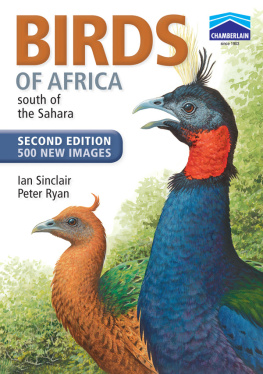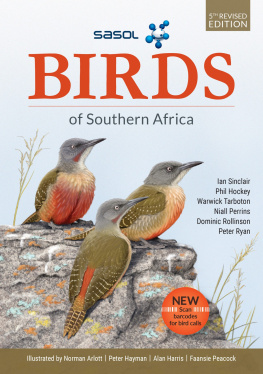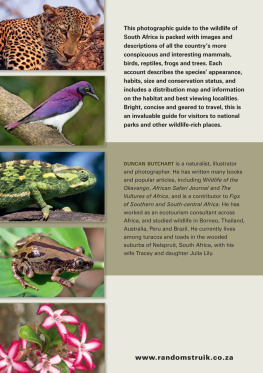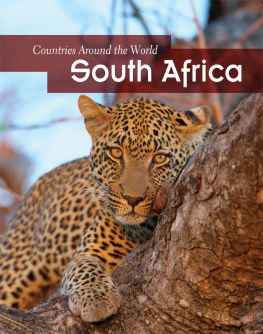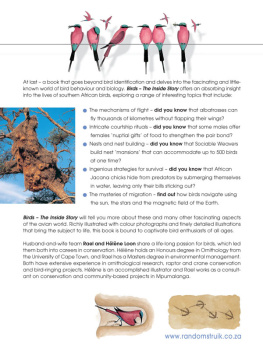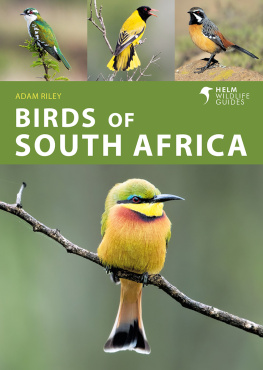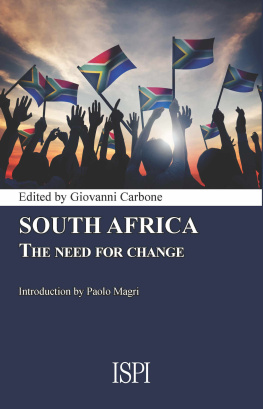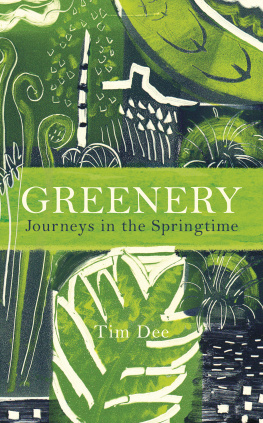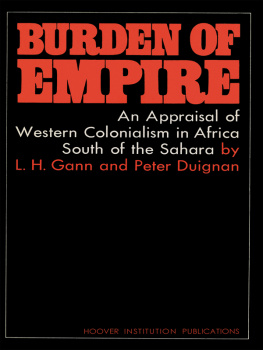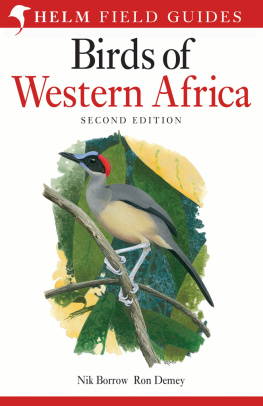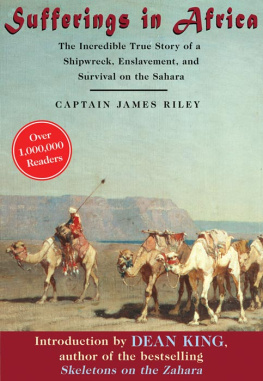Ian Sinclair - Birds of Africa, south of the Sahara
Here you can read online Ian Sinclair - Birds of Africa, south of the Sahara full text of the book (entire story) in english for free. Download pdf and epub, get meaning, cover and reviews about this ebook. year: 2014, publisher: Penguin Random House South Africa, genre: Home and family. Description of the work, (preface) as well as reviews are available. Best literature library LitArk.com created for fans of good reading and offers a wide selection of genres:
Romance novel
Science fiction
Adventure
Detective
Science
History
Home and family
Prose
Art
Politics
Computer
Non-fiction
Religion
Business
Children
Humor
Choose a favorite category and find really read worthwhile books. Enjoy immersion in the world of imagination, feel the emotions of the characters or learn something new for yourself, make an fascinating discovery.
- Book:Birds of Africa, south of the Sahara
- Author:
- Publisher:Penguin Random House South Africa
- Genre:
- Year:2014
- Rating:5 / 5
- Favourites:Add to favourites
- Your mark:
- 100
- 1
- 2
- 3
- 4
- 5
Birds of Africa, south of the Sahara: summary, description and annotation
We offer to read an annotation, description, summary or preface (depends on what the author of the book "Birds of Africa, south of the Sahara" wrote himself). If you haven't found the necessary information about the book — write in the comments, we will try to find it.
Ian Sinclair: author's other books
Who wrote Birds of Africa, south of the Sahara? Find out the surname, the name of the author of the book and a list of all author's works by series.
Birds of Africa, south of the Sahara — read online for free the complete book (whole text) full work
Below is the text of the book, divided by pages. System saving the place of the last page read, allows you to conveniently read the book "Birds of Africa, south of the Sahara" online for free, without having to search again every time where you left off. Put a bookmark, and you can go to the page where you finished reading at any time.
Font size:
Interval:
Bookmark:
ALPHABETICAL QUICK REFERENCE TO BIRD GROUPS COLOUR-CODED QUICK REFERENCE TO BIRD GROUPS 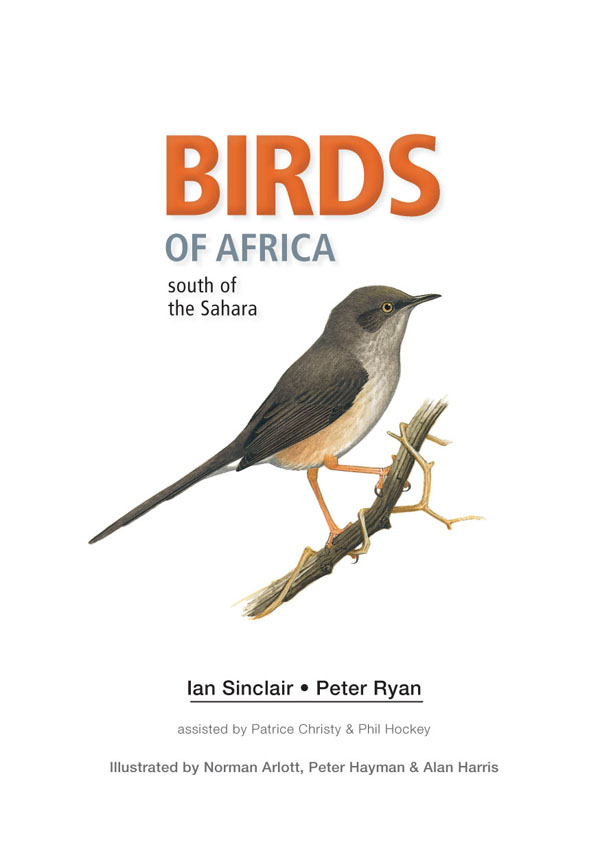 For Daryn & Kiera. IAN SINCLAIR
For Daryn & Kiera. IAN SINCLAIR
For Coleen and Molly may your patience persist. PETER RYAN Published by Struik Nature
(an imprint of Random House Struik (Pty) Ltd)
Reg. No. 1966/003513/07
Estuaries No 4, Oxbow Crescent,
Century Avenue, Century City,
Cape Town 7441
PO Box 1144
Cape Town 8000 Visit us at www.randomstruik.co.za First published in 2003, second edition 2010
3 5 7 9 10 8 6 4 2
Copyright text, 2003, 2010: Peter Ryan, Ian Sinclair
Copyright maps, 2003, 2010: Peter Ryan, Ian Sinclair & Random House Struik (Pty) Ltd
Copyright published edition, 2003, 2010: Random House Struik (Pty) Ltd
Copyright illustrations: Norman Arlott 2003, 2010, David Chamberlain 2003, 2010, Random House Struik (Pty) Ltd 2003, 2010 Publishing manager: Pippa Parker
Managing editor: Helen de Villiers
Editors: Tracey Hawthorne, Piera Abbott, Katharina von Gerhardt
Project manager: Colette Alves
Designer: Martin Endemann
Proofreader: Glynne Newlands All rights reserved. No part of this publication may be reproduced, stored in a retrieval system, or transmitted, in any form or by any means, electronic, mechanical, photocopying, recording or otherwise, without the prior written permission of the copyright owner(s).
ISBN 978 1 77007 623 5 (Standard edition)
ISBN 978 1 77007 884 0 (PVC edition)
ISBN 978 1 77584 300 9 (ePUB)
ISBN 978 1 77584 301 6 (ePDF) CONTENTS 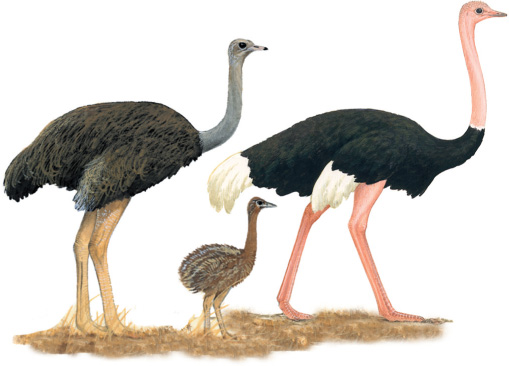 FOREWORD When I was a lot younger than I am now, I was thrilled to have met James Chapin shortly before he died in 1964. He had been one of my boyhood heroes, when I had gone through a phase of learning all that I could about Africas explorer-naturalists. It was Chapin who, in an extraordinary piece of detective work and more than some dogged perseverance, discovered the Congo Peacock in 1936. The species was responsible for having caused something of a sensation in the ornithological world of the time. Peacocks, you see, were not supposed to have occurred in Africa. In any event, you need to persevere and you need to be a bit of a detective, together with some other sometimes abnormal attributes, if you want to join the ranks of the worlds top-class bird-watchers.
FOREWORD When I was a lot younger than I am now, I was thrilled to have met James Chapin shortly before he died in 1964. He had been one of my boyhood heroes, when I had gone through a phase of learning all that I could about Africas explorer-naturalists. It was Chapin who, in an extraordinary piece of detective work and more than some dogged perseverance, discovered the Congo Peacock in 1936. The species was responsible for having caused something of a sensation in the ornithological world of the time. Peacocks, you see, were not supposed to have occurred in Africa. In any event, you need to persevere and you need to be a bit of a detective, together with some other sometimes abnormal attributes, if you want to join the ranks of the worlds top-class bird-watchers.
These people are passionate about tracking down rare birds, and they will endure any amount of privation to gain sightings of their quarry. Sinclair and Ryan are very much in this bracket, but they also derive satisfaction from observing the everyday activities of easy-to-see common species. And there are many more of these than there are rarities in Africa; the majority, indeed, being easily viewed and identified from the comfort of your camp chair or stationary motor vehicle. This book will help you to do just that, almost anywhere in sub-Saharan Africa. All watchers of African birds should be grateful to Sinclair and Ryan for making their avian-related activities a little easier. The authors thank me for having encouraged them.
Frankly, however, I cannot recall ever having said anything to them about producing a comprehensive field guide to the birds of Africa. Had they asked me about the book when it was still a twinkle in their eyes, I probably would have responded by playing the role of a doubting Thomas. They have proven my cautionary thinking wrong, and I am delighted. They can be proud of their book. The book will help to bring pleasure to many people, for sure. But it will do more than just that.
It will assist in the further expansion of nature-based tourism and, hence, the economic development of Africa. Albeit in a relatively small way. Moreover, because of its virtual continental scope, it constitutes an expression of the importance of the notion of connectivity in the conservation of the avian resource. A cursory perusal of the books geographical distribution maps exemplifies that not only nomads and migrants but also most birds are no respecters of national boundaries or those of parks and reserves. In short, the fact of the matter is that plants and animals (and birds are animals, too) are dispersed according to a system of areas of sources and sinks. The future welfare of Africas rich avian diversity, indeed its whole biodiversity, depends on how effectively such areas are protected and linked by corridors of connectivity.
Finally, I have to say again, mainly for those people who tend to take this sort of thing for granted, that the production of a field guide to the birds of Africa was no easy task. It has come together because of the talents and efforts of special people, synthesised in some measure by serendipity. To all concerned, illustrators, consultants and authors, congratulations on a job well done. Your book is bound to take a place among the classic publications of its kind. I feel confident in saying that James Chapin would have concurred. Roy Siegfried SPONSORS FOREWORD The creation and publication in 2003 of the first edition of Birds of Africa south of the Sahara was an epic and courageous task, and the subsequent success of this pioneering work has been very satisfying.
One of the benefits of the project has been its contribution to eco-tourism and, more specifically, avi-tourism. Among even remote communities, Birds of Africa has equipped local guides to cater for visiting bird enthusiasts, and so earn an income. Recently, copies of the book were donated to a fledgling field guide training programme deep in the jungles of the Central African Republic. This new edition has been completely revised and updated. The authors have charted their way through many bewildering and contentious taxonomic developments since the first edition was published, and brought the book in line with current thinking. Hundreds of new paintings have been introduced and the distribution of many species has been revised, based on updated information.
The ever-improving quality of field guides being produced throughout the world has drawn birding enthusiasts to remote and exciting destinations; more and more birders are penetrating Africas jungles, savannas and deserts. The fact that Birds of Africa south of the Sahara ranks as one of the best birding guides in such a competitive field is a tribute to the authors and artists. We are confident that this new edition will, once again, prove invaluable to the intrepid and the not so intrepid African birding adventurer. FD Chamberlain
Managing Director  ACKNOWLEDGEMENTS AUTHORS ACKNOWLEDGEMENTS The first edition of this book was produced thanks to the unstinting efforts of Pippa Parker, Helen de Villiers, Robin Cox, Heston Michaels, Tracey Hawthorne, Pierra Abbot, Katharina von Gerhardt, Emily Bowles and Tessa Kennedy from Struiks Natural History division. Seven years later, Struik has become Random House Struik, but the production of the second edition has remained under the leadership of Pippa Parker, ably assisted this time by Martin Endemann and Colette Alves. We remain extremely grateful for their efforts.
ACKNOWLEDGEMENTS AUTHORS ACKNOWLEDGEMENTS The first edition of this book was produced thanks to the unstinting efforts of Pippa Parker, Helen de Villiers, Robin Cox, Heston Michaels, Tracey Hawthorne, Pierra Abbot, Katharina von Gerhardt, Emily Bowles and Tessa Kennedy from Struiks Natural History division. Seven years later, Struik has become Random House Struik, but the production of the second edition has remained under the leadership of Pippa Parker, ably assisted this time by Martin Endemann and Colette Alves. We remain extremely grateful for their efforts.
Norman Arlott has gone well beyond all our demands and requests to provide us with the finest set of images of African birds ever done for that, our thanks. To the countless birders in the field who over the years have encouraged and helped us on this project go our appreciation, admiration and thanks. Those we wish to mention and thank personally are Niel and Liz Baker, Rauri Bowie, James and Tanya Brown, Rod and Tamar Cassidy, David and Margot Chamberlain, Marcel Claasen, Bill Clarke, Ntoyinkima Claver, Callan Cohen, Alvin Cope, Matthieu le Corre, Harry Dilley, Tony and Maureen Dixon, Jon Fjeldsa, Dick Forsman, John Graham, Trevor Hardaker, Hans Jornvall, Rob Leslie, Alan Kemp, Olivier Langrand, Pete Leonard, Lyn Mair, Martim de Melo, Michael Mills, David Moyer, Mel Ogola, Robert Payne, Richard Porter, Adam Riley, Claire Spottiswoode, Isley Rasmussen, Barrie Rose, Barry Watkins, and Giles and Barbara Webb. Thanks also to Roy Siegfried for his inspiration and encouragement over many years, and for his foreword. Thanks to Robert Prys-Jones at the Bird Room of the British Museum for access to research material. Frank Gill and the team responsible for the IOC World Bird Names list provided great stimulation.
Next pageFont size:
Interval:
Bookmark:
Similar books «Birds of Africa, south of the Sahara»
Look at similar books to Birds of Africa, south of the Sahara. We have selected literature similar in name and meaning in the hope of providing readers with more options to find new, interesting, not yet read works.
Discussion, reviews of the book Birds of Africa, south of the Sahara and just readers' own opinions. Leave your comments, write what you think about the work, its meaning or the main characters. Specify what exactly you liked and what you didn't like, and why you think so.

